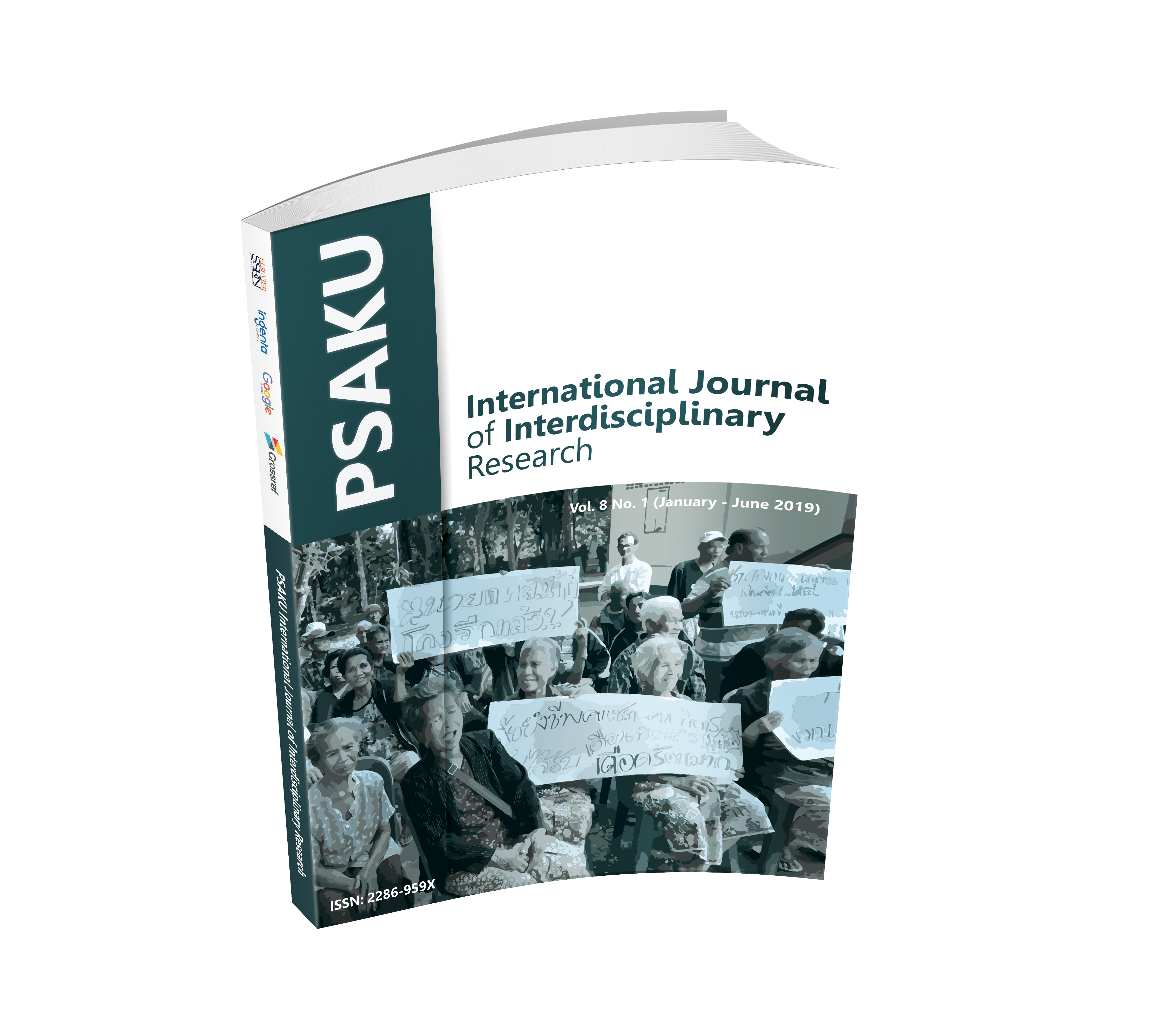A Causal Model of Psychological Capital and Job Resources, with Work Engagement as a Mediator, Affecting Flow at Work of Teachers under the Secondary Educational Service Area 3 Office
Keywords:
Flow at Work, Psychological Capital, Job Resources, Work Engagement, TeacherAbstract
This research aims to 1) study the level of Psychological capital, Job resources, Work engagement and Flow at the work places of teachers under the Secondary Educational Service Area 3 Office; 2) study the factors affecting the Flow at work of teachers under the Secondary Educational Service Area 3 Office; and 3) develop and check the compliance with the causal model of Psychosocial capital and Job resources through Work engagement that affects Flow of work for teachers under the Secondary Educational Service Area 3 Office. The data was collected by using a questionnaire developed by the researcher for 400 teachers from 47 schools in the Secondary Educational Service Area 3 Office, 400 copies of the questionnaire were returned, accounting for a total 100 percent return rate. The statistics used in the data analysis include descriptive statistics, correlational coefficients, confirmation analysis, and analysis of structural equation models. The research found that 1) Psychological capital, Job resources, Work engagement, and Flow at work were at a high level of performance; 2) the factors that contributed to the Flow at work of teachers under the Secondary Educational Service Area 3 Office including Psychological capital and Work engagement; 3) the cause relationship of factors influencing Flow at work of teachers under the Secondary Educational Service Area 3 Office, consistent with the empirical data based on the chi-squared value (df) of 49.71, the probability (P) is 0.19314 at the independent degree (df) of 42 relative chi-square. The chi-square/df was 1.18. The GFI was 0.98. The modified AGFI was 0.96. The mean square root of the standard deviation of the standardized RMR was 0.026, and the root mean square error of RMSEA was 0.021. All of these numbers equating to a positive correlation amongst all the factors investigated in the workplace of teachers for this study.
Downloads












.png)


